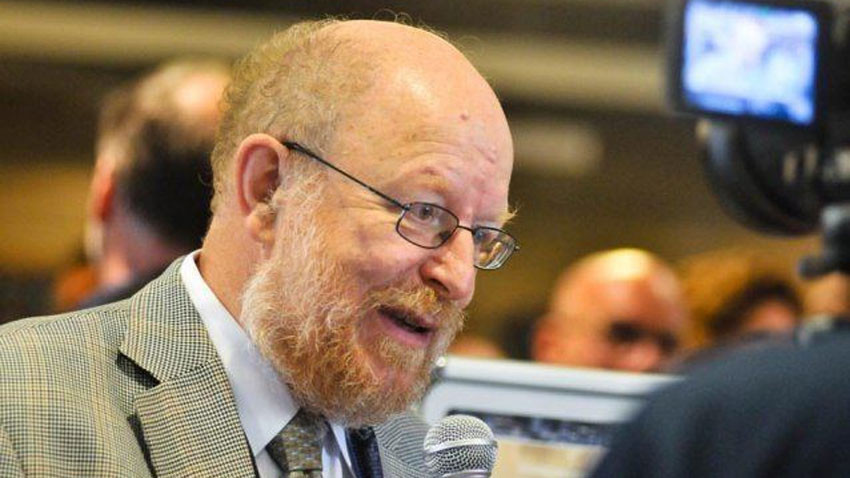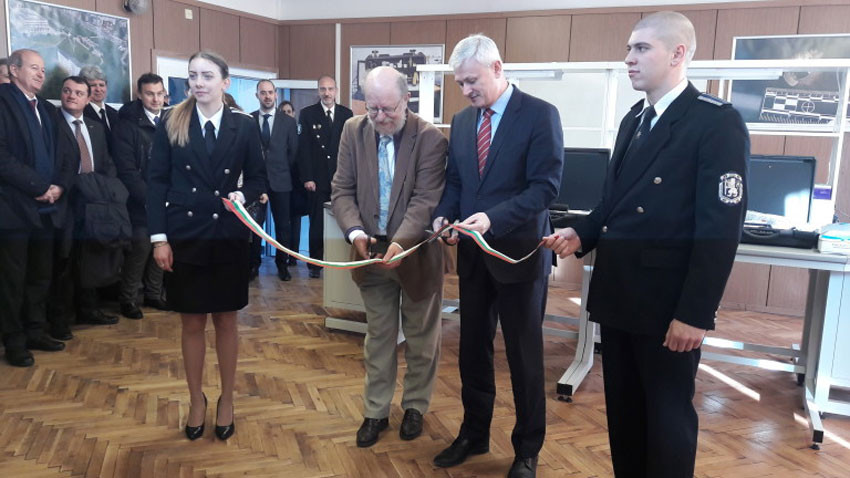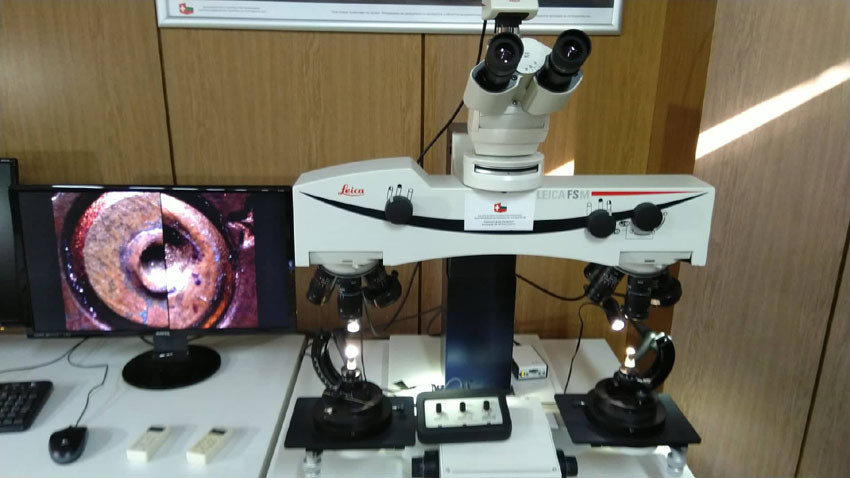
World-famous forensic scientist Prof. Pierre Margot says that the training forensic scientists in Bulgaria receive applies the most advanced forensic methods and technical resources
Crime is an act with motives that frequently overstep the bounds of simple common sense. Be as it may, it is part of the reality we live in. The rate at which it is expanding to reach the proportions of organized crime, is the reason why it has to be studied and analyzed. The science that deals with crime is called forensic science, comprisingforensic medicine and criminology and aims to shed light on the criminal act. Finding, identifying and analyzing the material evidence from the crime – these are the parameters modern-day forensic scientists use in their everyday work.
The Faculty of Law, Criminal Justice and Public Administration at the University of Lausanne in Switzerland is on the cutting edge of the scientific research and application of these data. Experts from the faculty, among them world-famous forensic scientist Prof. Pierre Margot took part in a joint Bulgarian-Swiss project for enhancing the capacity of Bulgarian criminologists in the process of collecting and studying trace evidence at a crime scene. A modern laboratory for training forensic experts opened at the Academy of the Ministry of the Interior in Simeonovo at the end of 2018.
“I think that the laboratory is well at the same level as the other European laboratories,” Prof. Margot says in an interview for Radio Bulgaria. “Perhaps the problem in Bulgaria is the need to apply, more broadly, modern methods and technical resources for collecting forensic evidence at the investigation offices. Because it is not enough to have a good centralized laboratory if the material collected is not up to standard and is not consistent with the purpose of the investigation. It is a good thing that there is specialized training in this sphere at the Academy of the Ministry of the Interior.”

This is the first Bulgaria-Switzerland project, under which lecturers from the Swiss school of forensic science are helping their Bulgarian colleagues in their specialized training.
“I think that these contacts will continue beyond the project programmes,” says Prof. Margot and adds:
“Material traces are one of the most important elements in uncovering organized crime or high-level criminal groupings. Here, in your laboratory there is an entire sector of identity and security documents. We know that when there is a criminal network, there is centralized production of false identity documents. Now, if we intercept a false document in Switzerland, Bulgaria, Germany or Italy, coming from the same organization we have information about the criminal grouping itself. And that means the investigation will be faster and reach up to the top of the organization. The truth is that material traces were neglected for a long time, the focus being on traditional investigative methods – interrogation of possible suspects and witnesses. This restricts the investigation to a given circle of people who may have noticed something, did not see anything well, or may be lying.”

Prof. Margot is a researcher with a passion for finding physical traces which, if used outside the body of evidence, could prevent major crime.
“We can’t believe in miracles, either, but I think that if we manage to stop a major crime organization before it strikes, we can save lives, political figures or commerce,” Prof. Margot says. “When we identify such a phenomenon that is not an isolated criminal act, we can solve a case much more quickly and easily. Developing the systems of criminal intelligence is a sphere of current and future progress.”
English version: Milena Daynova
*Pierre Margot has worked on a multitude of major criminal investigations, such as Bloody Sunday in Northern Ireland in 1972, the massacres of the Order of the Solar Temple (1994-1997) in Canada and in Switzerland, as well as the Omagh bombing in Northern Ireland (1998). He then continued his international involvement in 1985, with his participation in the investigation of the Sinking of the Rainbow Warrior. In 1989, while working at the Australian National University in Canberra, Australia, he participated, with Ron Warrener, Hilton Kobus, Milutin Stoilovic and Chris Lennard, in the invention of the first forensic light source Polilight for the detection of fingerprint, biological fluids and other evidence on the crime scene
As of 9 May, the Bulgarian National Radio has an official TikTok channel where users will be able to find information, but also fun videos from the on-air broadcasts of all channels, the inner workings of the BNR, and the people working for the..
120 scientists from Bulgaria and 10 countries around the world are taking part in the Sofia Science Festival. The forum opens today and runs until May 12 at the Sofia Tech Park. Organisers say that internationally renowned speakers will share..
Europe Day has been celebrated on 9 May since 1986, following a decision taken at the European Community Summit in Milan on 28 and 29 June 1985. In order to deal with the many internal conflicts in Europe, which reached their peak during the First and..
For 30 years two Bulgarian universities have been offering high-quality technical and engineering education, in French, degrees and diplomas that are..
The conference "The work of Swiss teachers - a message and a challenge for future generations" was held today . It was organised by the National Sports..
Interest in the academic study of the Bulgarian language in Slovakia dates back almost a century. The Comenius University in Bratislava was founded in..

+359 2 9336 661
